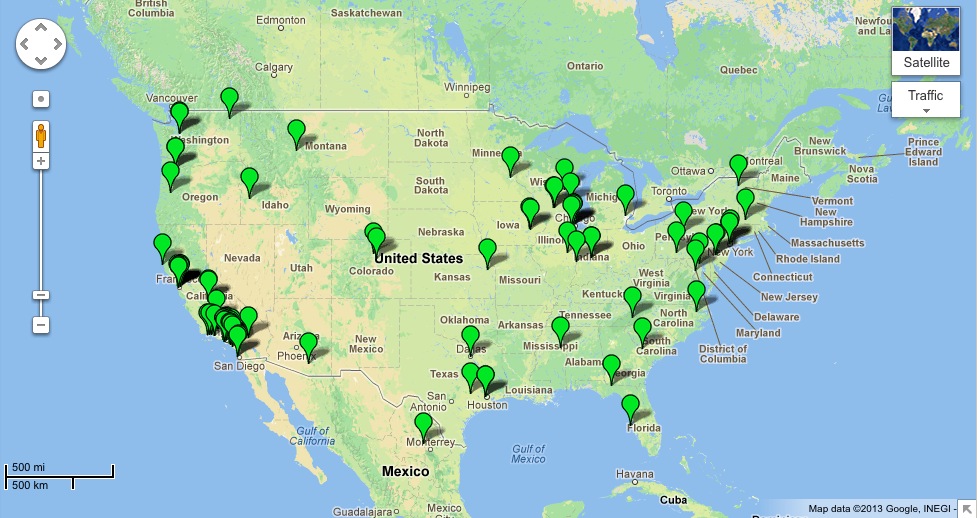
Credit: Flickr User: urbanfoodie33
In the 1960s, the Japanese agricultural scientist Masanobu Fukuoka published his now famous book One Straw Revolution about the philosophy and practice of natural farming. Fukuoka’s book inspired a generation of organic farmers, but it also resonated with a few urbanites living on the Lower East Side (LES) of Manhattan in the 1970s.
Urban dwellers seized on Fukuoka’s rediscovery of the ancient Japanese farming practice of packing seeds within clay pellets. Seeds surrounded by clay had higher germination rates and were less susceptible to predation. And when it was raining and the fields were muddy, Fukuoka could throw his seed balls from farther away without wading into the muck.
Fukuoka’s at-a-distance approach to growing seeds was just what this group of Green Guerrillas from the LES needed. In the 1970s, thousands of vacant lots in New York City were fast becoming illegal dumping grounds, homeless encampments, and havens for crime. The Green Guerrillas wanted to green vacant properties and eventually establish community gardens. But they faced a critical challenge: most vacant lots were secured behind chain-link fence (Fox 1985). Fukuoka provided the solution; throwing seeds balls was a way to reach over the fences.
Okay, so the group wasn’t exactly faithful to Fukuoka’s philosophy of natural farming, packing seeds in condoms and hollowed-out Christmas ornaments (see an example of an early recipe here), but their approach worked. The Green Guerrillas called their creations “seed green-aids” and seed bombs and the guerrilla gardening movement was born.
Today, seed bombs and guerrilla gardening are popular around the world, and especially in places where there are high vacancy rates and no formal greening programs. For people who don’t like to get their hands dirty, seed bombs are now available for purchase in a wide variety of seed mixes and from a number of vendors. The California-based Greenaid project even stocks seed bombs in vending machines that are distributed throughout the U.S. and in Europe (see map below).

